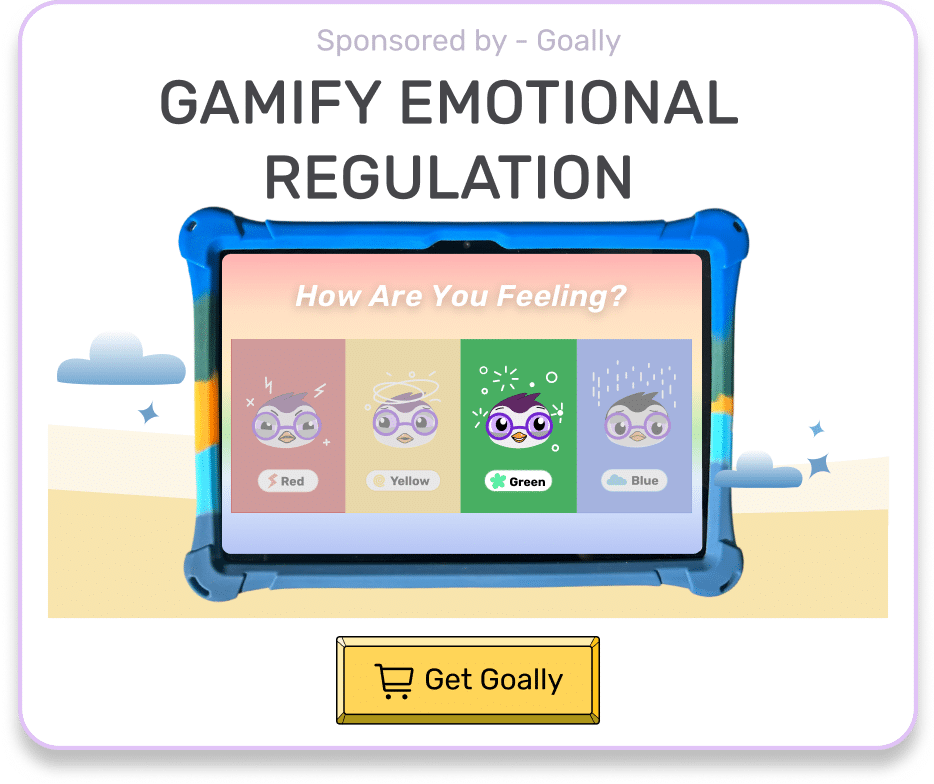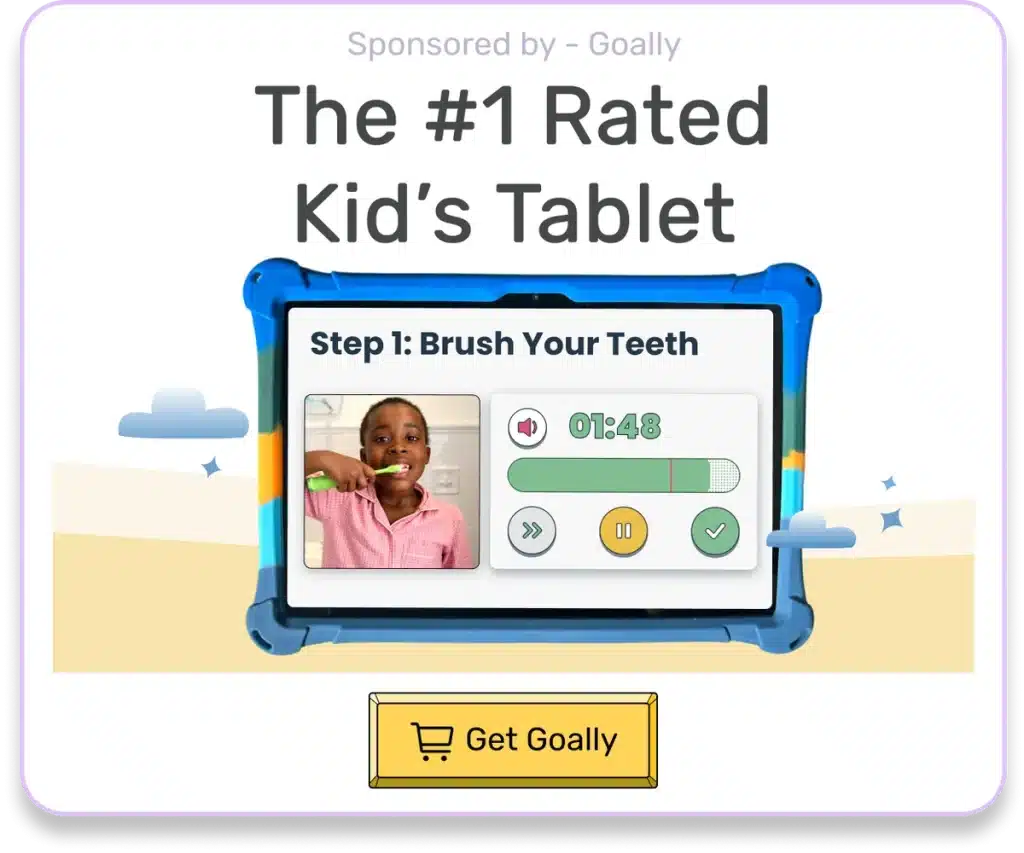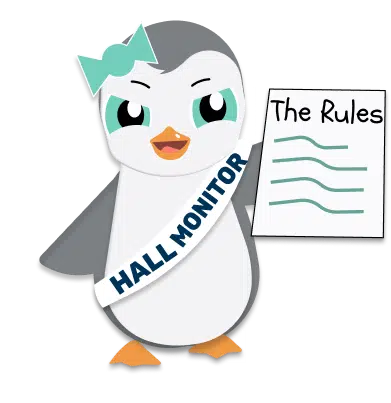Have you ever found yourself giving rewards after your child does something well but fails to see the behavior happen again? Starting to think that effective reinforcement is a little bit harder than it seems? If you are concerned that the reinforcers that you’re using aren’t working to truly encourage positive behaviors, you might be right. Even if your child loves the reward that you give them, certain things need to be in place for it to truly work to reinforce the behavior that you want to see more of. Stick around! Keep reading and we’ll dish out some effective reinforcement advice that really works!
Table of Contents
Four Components for Effective Reinforcement
When planning rewards, it’s helpful to know what truly motivates your child in the moment. Before a task starts, giving them options for a few recently preferred items or activities can be helpful in harnessing motivation. Say you have a motivating reward prepped and ready to go, and your child just does something that you’d love to encourage. Maybe they clean their room without you asking! Or they started and completed their math homework without complaining! They pet the dog gently! What now?
The following components are key in ensuring that your consequence is powerful enough to reinforce the behavior that you would like to continue to see or increase in the future: Contingency, immediacy, size, and deprivation.

1. Effective Reinforcement: Contingency
Are you providing the reinforcement only after the desired behavior takes place? A reward is more powerful if it’s only given after the desired behavior has actually taken place. If you give a reward for cleaning their room, but the parent hasn’t confirmed that their child actually cleaned their room, or the cleaning was only partially done, you could unintentionally be reinforcing behaviors other than the target desired behavior.
Often in classrooms or in therapy sessions, teachers use first/then language and visuals to help children understand this connection. First, do this, then you can have that. An example of this would be a mother saying, “First, do your homework, then you can play outside with the neighbors.” Until the child completes his or her homework adequately (the desired behavior), playtime with the neighbors (the reinforcer) should be unavailable.

Read more: How to Help Kids with ADHD Learn Math
If your child is crying, refusing to work or doodling instead of doing homework but still gets to go play with the neighbors outside – oops! That’s not a good sign. You’re inadvertently reinforcing something you don’t want and giving them access before they’ve earned it. Always make sure you reward positive behaviors first!
2. Effective Reinforcement: Immediacy
Since reinforcement is the event that occurs following a behavior, the more immediate the reinforcer is provided following a behavior, the more likely you are to be reinforcing that target behavior and not something else that has happened in the meantime. For instance, your child says, “I want goldfish!” While you are getting goldfish from the kitchen, they start screaming and crying. Then you provide the goldfish. What is actually reinforced in this scenario? Is it the lovely full-sentence request?
No. In this scenario, the screaming and crying is the behavior immediately preceding the reinforcing event, so that’s the behavior that will be more likely to occur again in the future. “The direct effect of reinforcement drops off quickly as you increase the delay, even to 3 to 4 seconds. Even a 1-second delay may reinforce the wrong behavior.”
Ultimately, the quicker your child gets a reward, the more likely that you’re effectively reinforcing the behavior that you’re intending to encourage.
3. Size
No one would put in effort if the reward was too small, including your kiddo! If you really want them to ace a new behavior or challenge, make sure your reinforcement is significant. That way they’ll feel motivation to give it their all. Just think of how little motivation adults would have if all they got for working an 8-hour day was just four measly dollars!
If a kid needs to get ready quickly, but usually struggles with it and tends to whine. Then try providing an appropriate amount of praise. Like “that’s so awesome you dressed yourself” along with something extra special as a reward is key! Maybe 15 minutes playing a puzzle game so they know their hard work really paid off this time!

Read More: Setting up a Reward System for Kids
When it comes to effective reinforcement, you always want to make sure that the reward matches its effort. So think of it this way: when your child takes on a tough task, treat them like royalty. But don’t break the bank! Cooper Heron and Heward suggest remembering one simple rule for picking out appropriate rewards. Which is reinforce abundantly without overdoing it; keep everything in proportion according to their hard work.
4. Deprivation
The fourth key to effective reinforcement will be is deprivation. Maybe a person has limited access to a particular type of reinforcer. Or they’ve gone a substantial amount of time without access to a reinforcer. This makes the reinforcer more likely to be effective. Rather than if they have unlimited access to it or have just recently had access.
The opposite of deprivation is satiation. If you’ve been hiking without cell reception for days, you’ll be much more likely to work harder. Or pay more to get access to a working phone or internet. Rather than if you’d just spent a day in the office with unlimited internet access. If a person just ate, they’re less likely to ask for food than if they hadn’t eaten for several hours.
Keep this in mind. Before focusing on a target behavior, ensure that the reinforcer that you’re using is actually motivating for your child. If you plan to reward your child for cleaning her room with 15 minutes of screen time, avoid allowing access to screen time close to the time when you are placing that request. It would also be beneficial to limit screen time throughout the day so that it’s a true treat. Rather than something they can access at any time, regardless of behavior.

Goally | Apps That Build Behavior & Life Skills for Kids
Want to keep your child motivated while building essential behavior and life skills? Goally’s skill-building tablet is designed to celebrate small wins and help your child grow.
Our Behavior Tracker helps you reward your kiddo for specific skills, like “being kind” or “flushing the toilet.”
By setting clear expectations and rewarding their efforts, you foster a positive environment for your child to flourish in their behavioral skills journey.

Contingency, immediacy, size, and deprivation: if you’re looking to cook up some stellar, truly effective reinforcement, remember these key ingredients! When it comes to effective reinforcement for our kiddos we have to get creative. And we definitely have to think outside the box. With a little imagination and effort, we can find ways to help our kids learn and grow while still having fun.
FAQ’s About Effective Reinforcement
What is effective reinforcement? Effective reinforcement is a strategy used to increase desirable behaviors, characterized by proper timing, frequency, motivation, uniqueness, meaningfulness, and consistency. How does timing affect effective reinforcement? Timing is crucial in effective reinforcement. The reinforcement is most effective when it occurs immediately after the behavior. What role does frequency play in effective reinforcement? Frequency is key in effective reinforcement. The reinforcement should be presented enthusiastically and frequently to reinforce the desired behavior. How does motivation contribute to effective reinforcement? Motivation is a critical component of effective reinforcement. Providing sufficient motivation can encourage the learner to repeat the desired behavior. Why is consistency important in effective reinforcement? Consistency is necessary in effective reinforcement as inconsistent reinforcement can lead to inaccurate data and may not effectively reinforce the desired behavior.
This post was originally published on 12/28/2020. It was updated on 02/02/2024.

Goally
We help parents teach their kids life skills, like doing bedtime and morning independently. Backed by science, we incorporate evidence-based practices and expert-informed designs in all of our apps and content.






